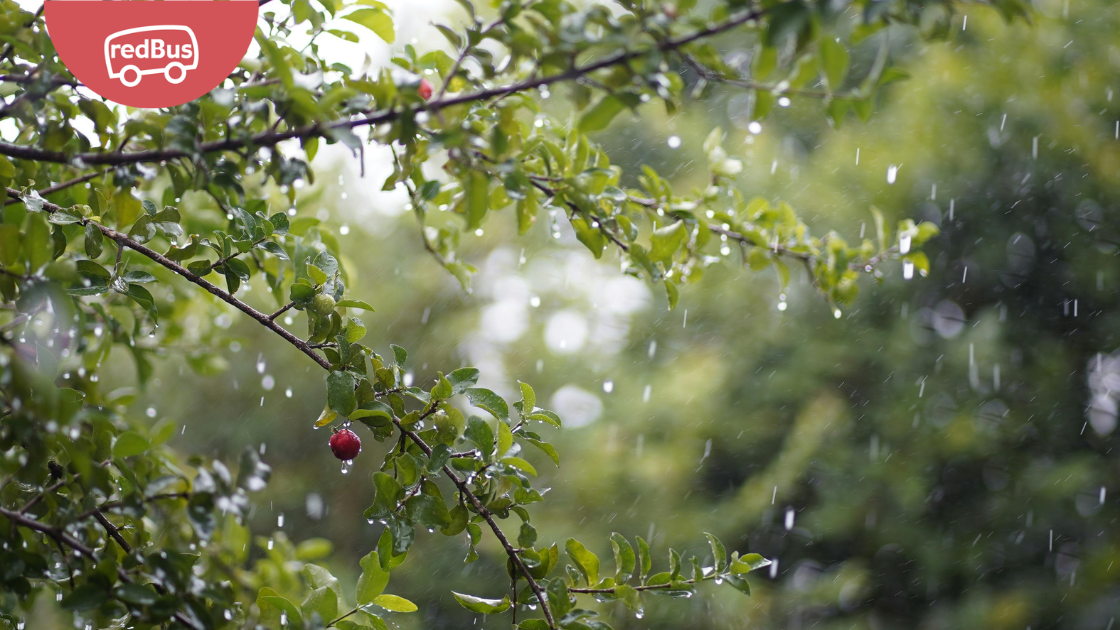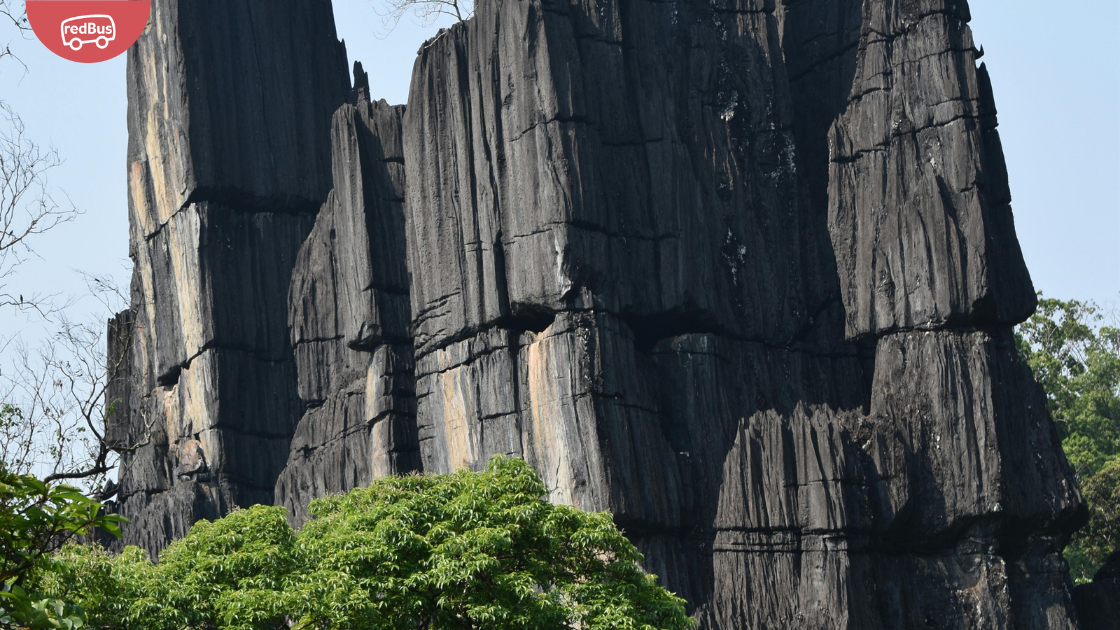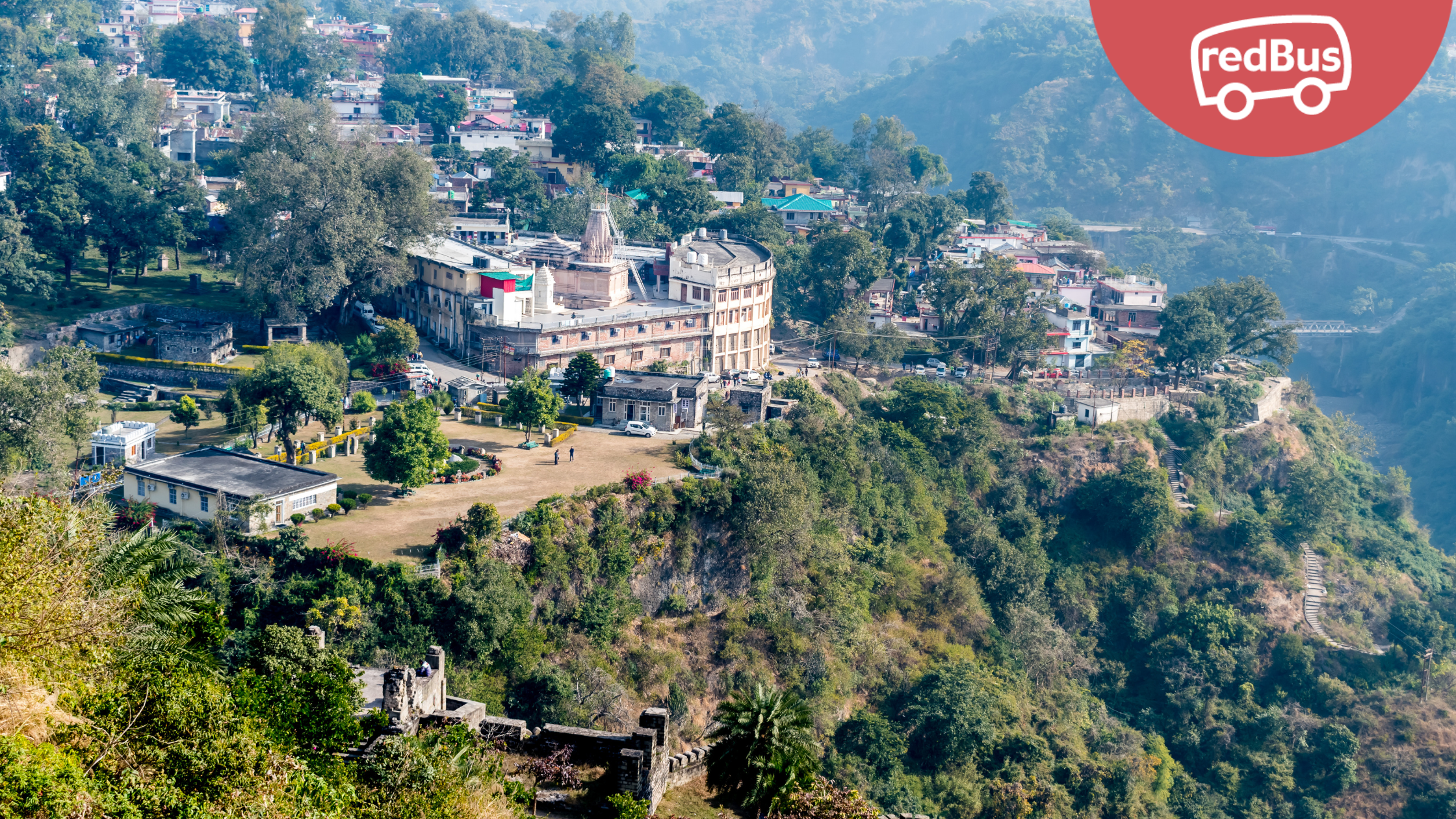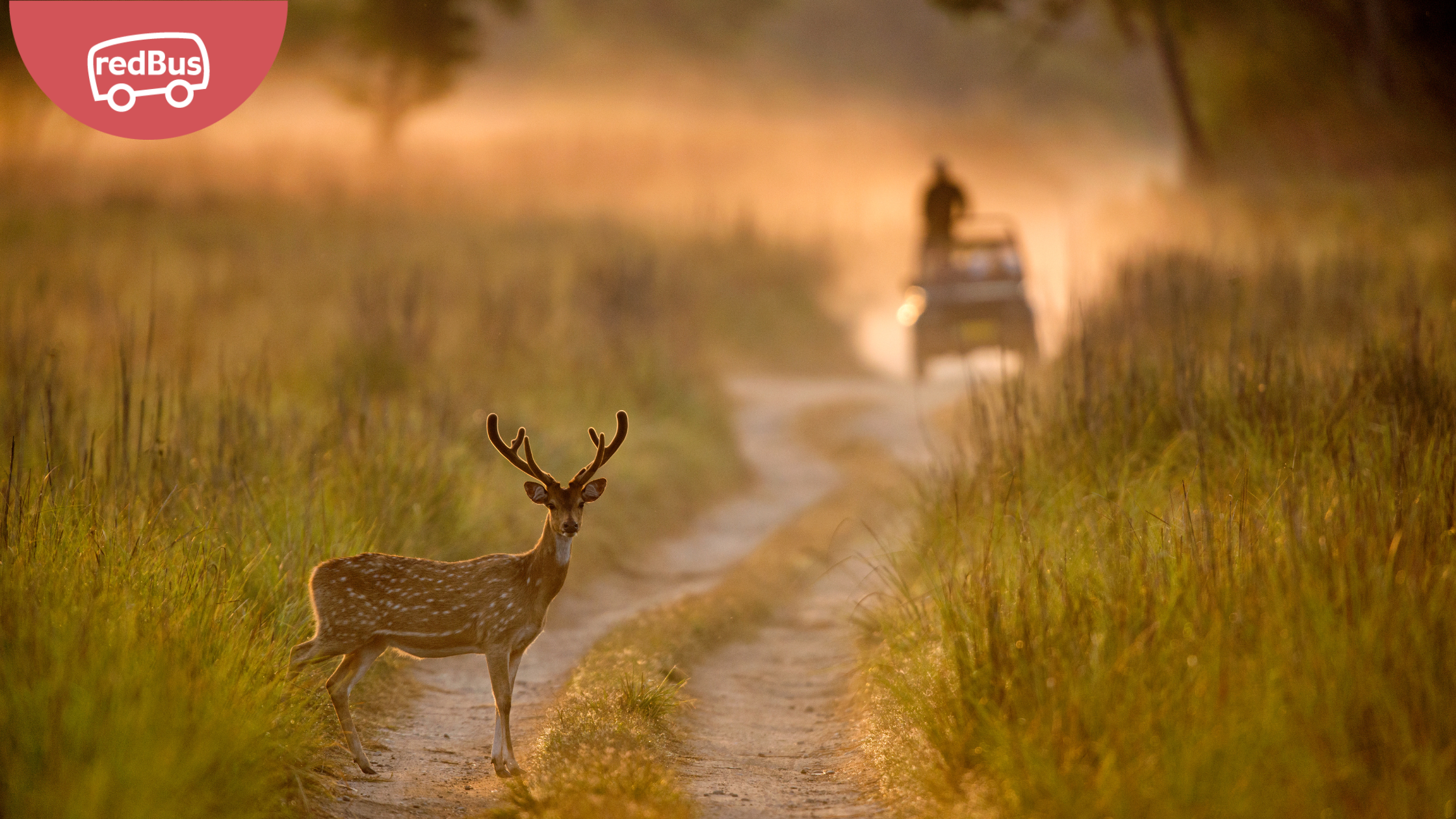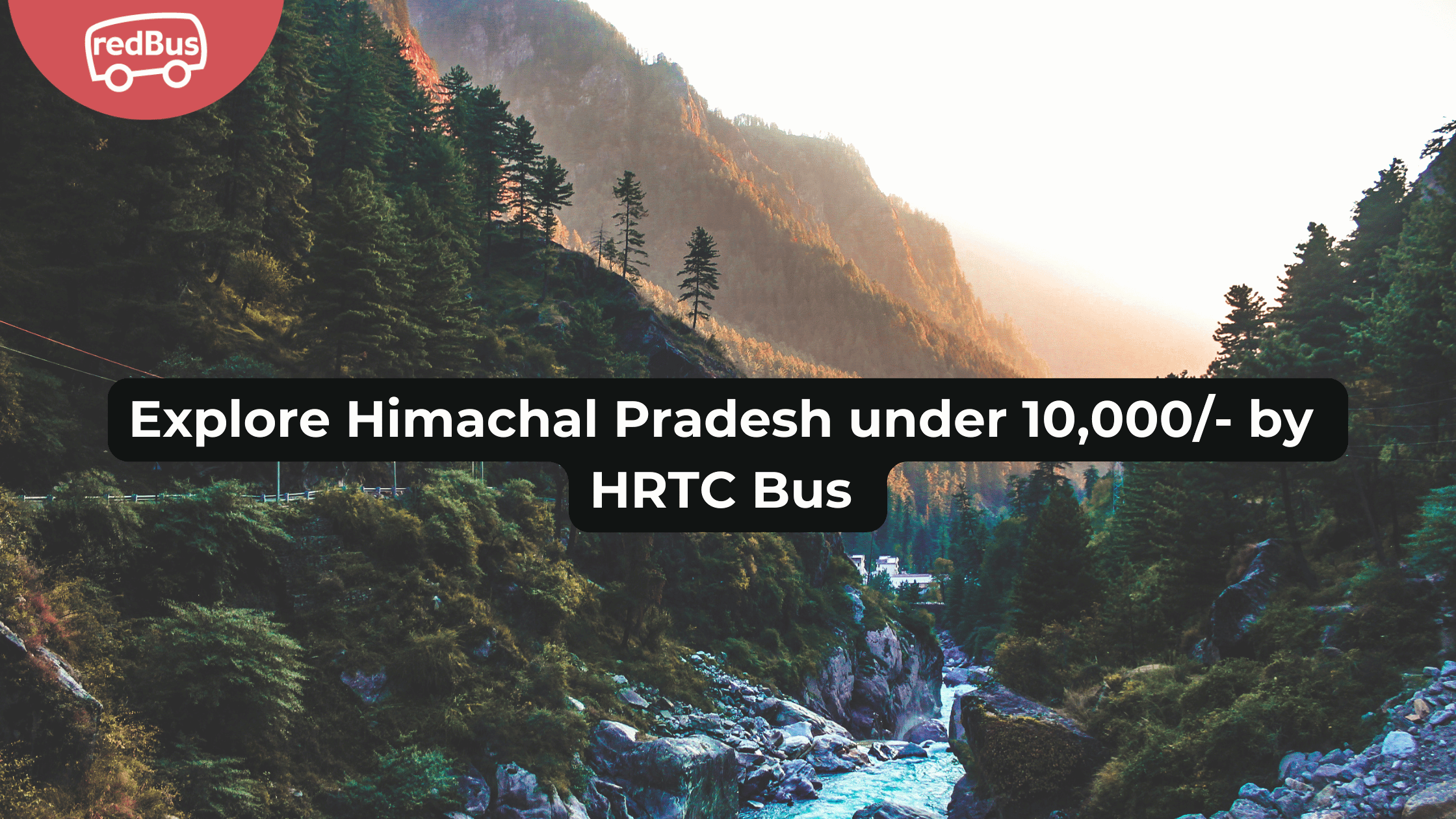Nestled in the lap of the Eastern Himalayas, Kalimpong, a serene hill station in West Bengal, offers a unique blend of breathtaking landscapes, rich cultural heritage, and historical significance. Kalimpong is famous for its panoramic views of the Kanchenjunga and its lush tea gardens, but it also holds an intrinsic connection to Tibetan culture, which can be seen in its monasteries, festivals, and way of life. This blog takes you on a journey through Kalimpong’s Tibetan culture and monasteries, showcasing how these institutions shape the spiritual and cultural fabric of the region.
The Tibetan Influence in Kalimpong
Kalimpong, located at an altitude of 1,250 meters, has historically been a key point in the trade route between India and Tibet. Its proximity to the Tibetan plateau made it a significant stop for Tibetan merchants, monks, and travelers. The town became a refuge for Tibetan exiles after the Chinese invasion of Tibet in the 1950s. As a result, Kalimpong is home to a thriving Tibetan community, and the town’s Tibetan heritage is deeply rooted in its culture, religion, and daily life.
This Tibetan influence is particularly visible in Kalimpong’s monasteries, Tibetan markets, handicrafts, and festivals, where the essence of Tibetan Buddhism and traditions continue to thrive.
The Monasteries of Kalimpong: Guardians of Tibetan Buddhism
1. Zang Dhok Palri Phodang Monastery
- Location: Durpin Dara Hill
- History & Significance:
One of the most prominent monasteries in Kalimpong, Zang Dhok Palri Phodang is situated atop Durpin Dara Hill, offering panoramic views of the surrounding valleys and the majestic Kanchenjunga. This monastery was established in the late 1970s by the 10th Chogyal (king) of Sikkim, Palden Thondup Namgyal. It is known for its unique architectural style and the fact that it houses ancient Buddhist scriptures, some of which are over 200 years old. The monastery is dedicated to Guru Rinpoche (Padmasambhava), one of the most revered figures in Tibetan Buddhism. - What to See:
The monastery’s interiors are adorned with beautiful murals depicting Buddhist deities, mandalas, and symbols. The tranquil ambiance is perfect for meditation and reflection. The monastery also holds a collection of Tibetan Buddhist texts and a statue of Guru Rinpoche.
2. Tharpa Choling Monastery
- Location: A few kilometers from Kalimpong town
- History & Significance:
Founded in 1937 by Lama Tenzing, Tharpa Choling Monastery is another important Buddhist institution in Kalimpong. The monastery is located in a peaceful area, surrounded by scenic views of the Himalayan foothills. Tharpa Choling is known for being the residence of several prominent Tibetan Buddhist lamas, who have contributed significantly to spreading Tibetan culture and teachings in the region. - What to See:
The monastery is home to monks and students who study Buddhist philosophy, meditation, and rituals. It also serves as a center for Tibetan religious and cultural events. The architecture is a blend of traditional Tibetan and Himalayan influences, with intricate woodwork and vibrant prayer flags adorning the premises.
3. Deolo Monastery
- Location: Deolo Hill, Kalimpong
- History & Significance:
Deolo Monastery, located at the summit of Deolo Hill, is a smaller but significant religious site for Tibetan Buddhists. It was established in the 20th century and is dedicated to the study of Tibetan Buddhist teachings. The monastery attracts a steady flow of visitors, particularly those seeking spiritual solace in the peaceful surroundings. - What to See:
Apart from its spiritual significance, the monastery offers a quiet, secluded atmosphere with stunning views of the surrounding hills. The surrounding area, including Deolo Park, is perfect for a nature walk. Visitors can explore the gardens, enjoy the views, and experience the tranquil energy that radiates from the monastery.
4. Enchey Monastery
- Location: Kalimpong town
- History & Significance:
Though not as widely known as some of the other monasteries in Kalimpong, Enchey Monastery is a key religious site in the town. The monastery is important for the local Tibetan community, and it also serves as a training ground for young monks who wish to become scholars of Tibetan Buddhism. - What to See:
The monastery is a perfect blend of tradition and simplicity. It is known for its peaceful surroundings and is often visited by those seeking to meditate or learn more about Buddhist teachings.
Tibetan Culture in Kalimpong: A Blend of Traditions
Kalimpong is a microcosm of Tibetan culture, where the daily life of the locals revolves around Tibetan traditions, including their cuisine, arts, and festivals. The Tibetan influence is deeply embedded in the town, and this is reflected in the way people live, the places they gather, and the rituals they follow.
Tibetan Cuisine: A Taste of the Himalayas
Tibetan cuisine is a delightful combination of hearty, warming dishes that reflect the high-altitude environment of the Tibetan plateau. In Kalimpong, you’ll find a variety of Tibetan food items that are both delicious and culturally significant.
- Momos (Dumplings):
A staple in Tibetan cuisine, momos are dumplings filled with either meat or vegetables and steamed to perfection. They are often served with a tangy dipping sauce made from chilies, tomatoes, and garlic. - Thukpa (Soup):
Thukpa is a noodle soup that comes in various variations. It is typically made with vegetables, meat, or chicken, and is served with a flavorful broth that is both nourishing and warming. - Butter Tea:
A traditional Tibetan drink, butter tea (known as Po Cha) is made from yak butter, tea leaves, and salt. It’s an acquired taste but is popular in Kalimpong, especially in the colder months.
Tibetan Handicrafts: A Cultural Expression
Kalimpong is also known for its vibrant Tibetan handicrafts, many of which reflect the rich cultural heritage of Tibet. Tibetan carpets, woolen shawls, and traditional jewelry are sold in various shops around the town, adding to the charm of the place. The town’s markets, such as the Kalimpong Bazaar, offer a wide variety of traditional Tibetan artifacts, including:
- Tibetan Rugs and Carpets:
Handwoven with intricate designs, these carpets are often made from wool or silk. They feature traditional Tibetan motifs, such as the lotus flower, mandalas, and Buddhist symbols. - Prayer Flags and Thangkas:
Tibetan prayer flags are colorful symbols of peace, compassion, and harmony. Thangkas, intricate Buddhist paintings on fabric, are often found in monasteries and homes as a form of spiritual expression. - Buddhist Statues and Idols:
Kalimpong’s markets sell a variety of Buddha statues and idols made from brass, copper, and wood. These are often used in Tibetan homes and monasteries for meditation and worship.
Tibetan Festivals: Celebrating Spirituality and Culture
Kalimpong, with its vibrant Tibetan community, celebrates various Tibetan festivals throughout the year. These festivals are an integral part of the cultural and spiritual life of the region, offering visitors a chance to experience Tibetan rituals, music, dance, and traditions.
- Losar (Tibetan New Year):
Losar is one of the most important Tibetan festivals and marks the start of the new year according to the Tibetan lunar calendar. It is a time for family reunions, prayers, feasts, and celebrations. In Kalimpong, the Losar festivities are marked by vibrant processions, cultural performances, and offerings at the monasteries. - Saga Dawa:
Saga Dawa celebrates Lord Buddha’s birth, enlightenment, and death. Kalimpong’s monasteries are filled with special prayers, rituals, and ceremonies during this time. Devotees often undertake pilgrimages and participate in community activities. - Chhewar Ceremony:
This is a traditional Tibetan rite of passage for young boys. It involves a series of religious ceremonies and rituals performed at monasteries, marking the transition from childhood to adulthood.
How to Reach Kalimpong
Kalimpong is easily accessible by road from major cities like Kolkata, Siliguri, and Darjeeling. The nearest railway station is at New Jalpaiguri (about 70 km away), which is well-connected to major Indian cities. From here, one can hire a taxi or take a bus to reach Kalimpong. The nearest airport is Bagdogra, located around 80 km from Kalimpong.
Conclusion
Kalimpong offers a unique blend of natural beauty and cultural heritage, with Tibetan Buddhism and culture playing a central role in shaping its identity. The monasteries of Kalimpong, with their serene surroundings and rich spiritual history, provide a perfect opportunity for visitors to experience Tibetan traditions up close. From Tibetan food and handicrafts to the vibrant festivals and religious rituals, Kalimpong offers a soulful journey into the heart of Tibetan culture.
Whether you are a spiritual seeker, a photography enthusiast, or simply a traveler in search of peace and beauty, Kalimpong promises to be a memorable destination that reflects the true essence of Tibetan culture and Himalayan spirituality.

